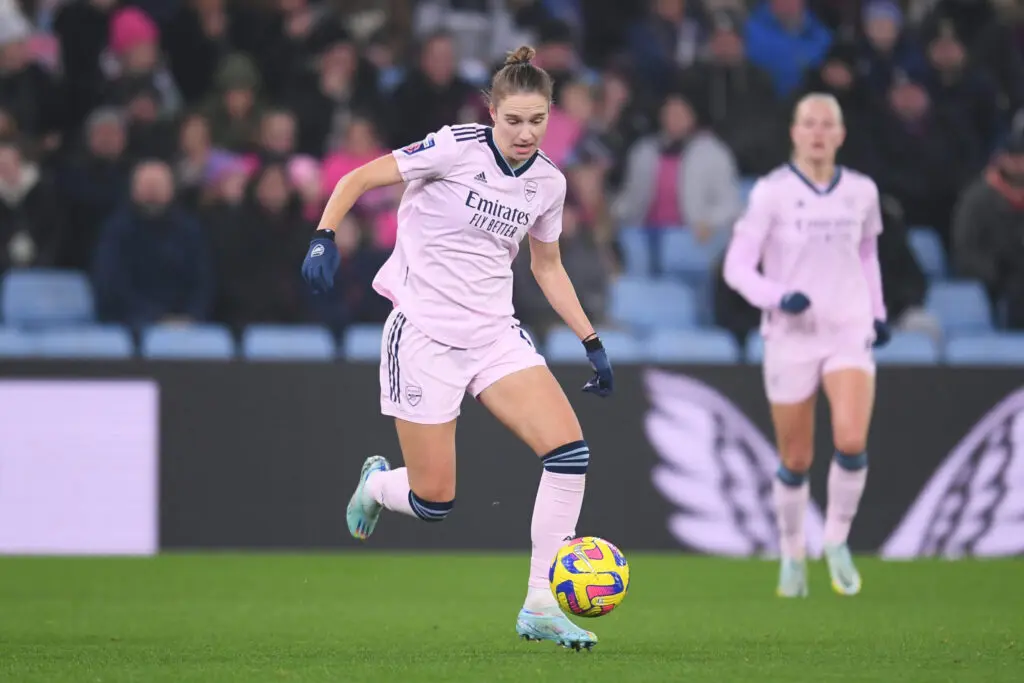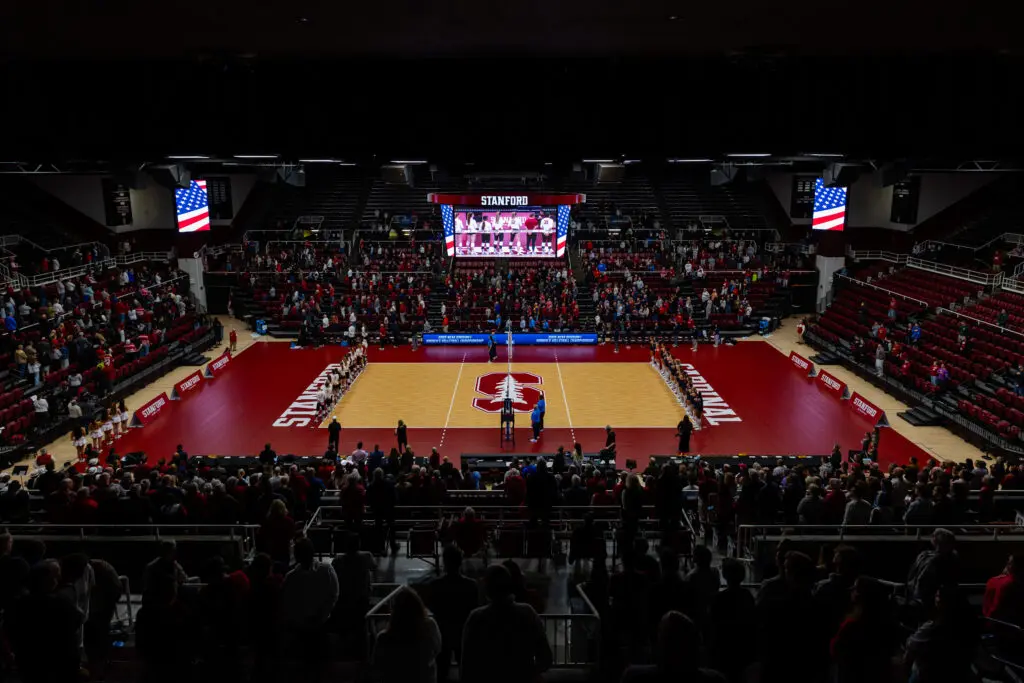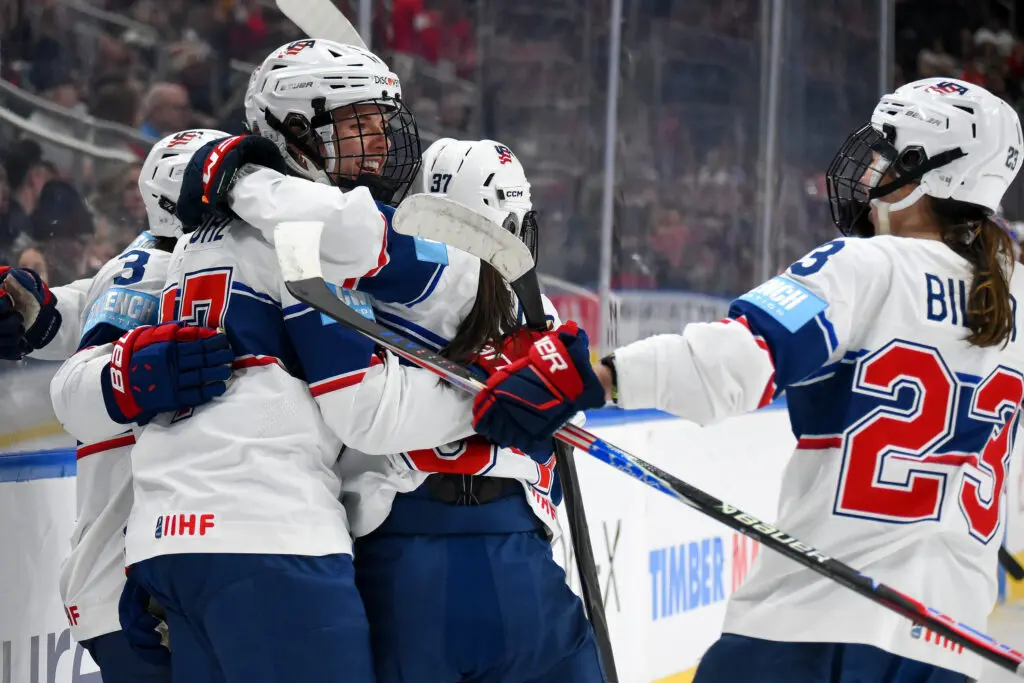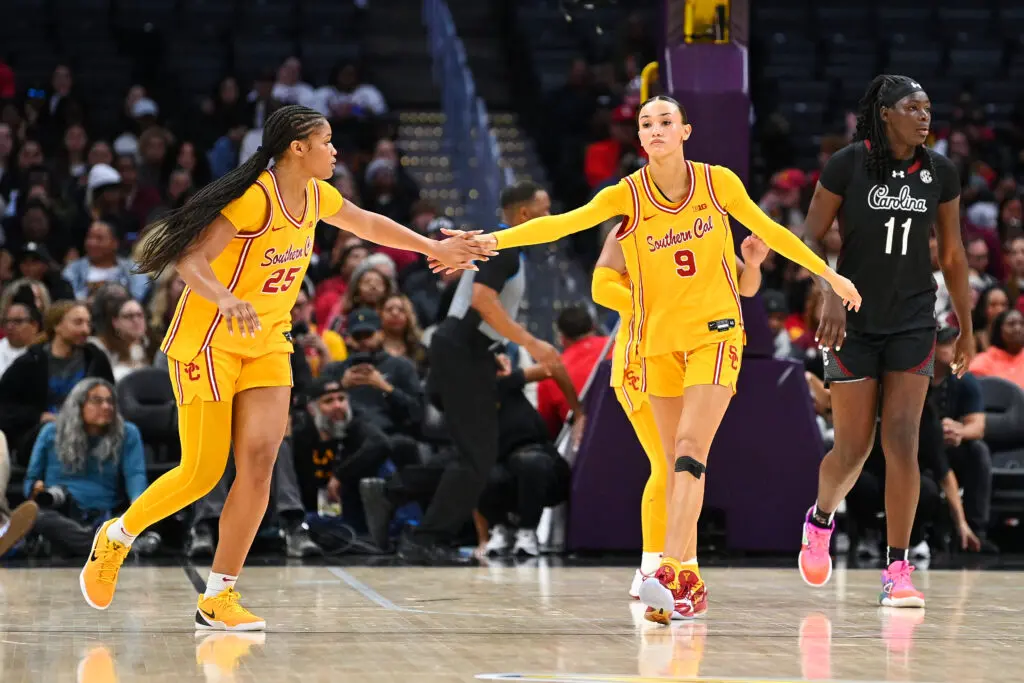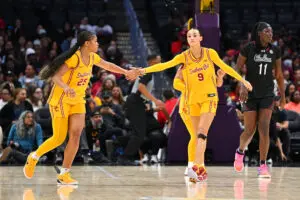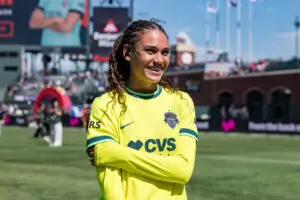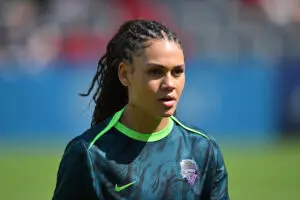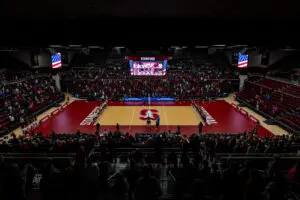Vivianne Miedema is on a hot streak, scoring four times in four games to help move Arsenal into second place in the Women’s Super League standings.
In Sunday’s game against Aston Villa, Miedema scored the team’s second goal in a 4-1 win. Arsenal has 24 points on the season, three behind first-place Chelsea.
The Dutch forward also helped Arsenal beat Juventus last Wednesday, scoring the lone goal of the game. That victory moved Arsenal into first place in Group C of the Champions League standings and one win closer to the knockout rounds of the WCL.
Miedema credits her recent barrage to the extended break she took from the sport in November, which included a trip to Australia. Before her sojourn, she had lost her starting spot to teammate Frida Maanum and hadn’t scored in six appearances.
Since her return, the 26-year-old has been vocal about the need for rest — for herself and for all athletes.
Last Tuesday, Miedema spoke once again about her recovery from COVID-19, which kept her out of several matches at this summer’s Euros tournament and in bed for 10 days with a high fever. She returned for the Netherlands’ final game, playing the full 120 minutes.
After the Euros, training for the WSL season began almost immediately. For Miedema, the schedule meant little rest or recovery.
She spent the beginning of the season “almost on autopilot,” she said, before missing the October international window with an illness.
“I just didn’t feel mentally and physically ready to actually play,” she said ahead of Arsenal’s game against Juventus. “I think you could see that in the way that I was playing. I didn’t enjoy my football at that moment. And I think the moment you start not enjoying it, and start waking up in the morning not wanting to go in, I think that’s the moment that you need to make a switch.”
🗣️ “I just didn’t feel mentally and physically ready to play. I didn’t enjoy my football at that moment.”
— TheAFCnewsroom (@TheAFCnewsroom) December 6, 2022
Vivianne Miedema on why she took an extended break away from football recently. 🇳🇱
pic.twitter.com/1N8fVYZ0mR
While in Australia, Miedema was able to get herself fit – something she had been unable to do ahead of the season as she recovered from her bout with COVID-19, she said. The game has once again become “easy” for her, she added.
“I feel physically a lot fitter now, and you have seen that in the recent games,” she said.
Miedema hopes that, by prioritizing her health, she can help encourage other players to take breaks. The recent women’s soccer schedule has not allowed for much time off. And an increase in player injuries – particularly torn ACLs – has been a point of concern for many.
Miedema called the injuries a “worrying pattern” in a column for Dutch newspaper AD. Both Leah Williamson and Rafaelle Souza have just returned from injuries for Arsenal.
Meanwhile, Miedema said in her column that her Arsenal teammate and partner Beth Mead likely will miss next summer’s World Cup for England with a torn ACL. Others who have suffered torn ACLs in 2022 include Alexia Putellas, Christen Press and Catarina Macario.
An increase in the number of international windows, leaving club teams with a limited number of players, also has increased player workloads, Miedema said. Women’s national teams have six international windows, while men’s teams play just four.
“As a player you want to play in the big tournaments, the biggest difference is we have more international windows than the men have,” Miedema said. “We also play the Olympics with our A team instead of the U23s. I think that’s something FIFA and UEFA need to start looking at.
“In women’s football, we also don’t have the same sorts of numbers within a squad. Man City’s men’s team probably has 22, 23 full-time, amazing players. This year, I think we’ve got 18,19 players that are capable of being in the squad for us.”
Arsenal manager Jonas Eidevall also has spoken about the issue.
“There is always the balance between freshness and having continuity in the training and playing,” he said in November. “We need to strike that balance.”
The rise in popularity of the women’s game has also shed light on the lack of depth in the player pool. More needs to be done to develop talent and increasing the number of “very good football players,” Eidevall said, including the development of better player academies.
“We cannot only focus on the top of the pyramid,” he continued. “We can have more players that are able to play more games and have a better foundation when they step up to be a professional to handle the demands.”
